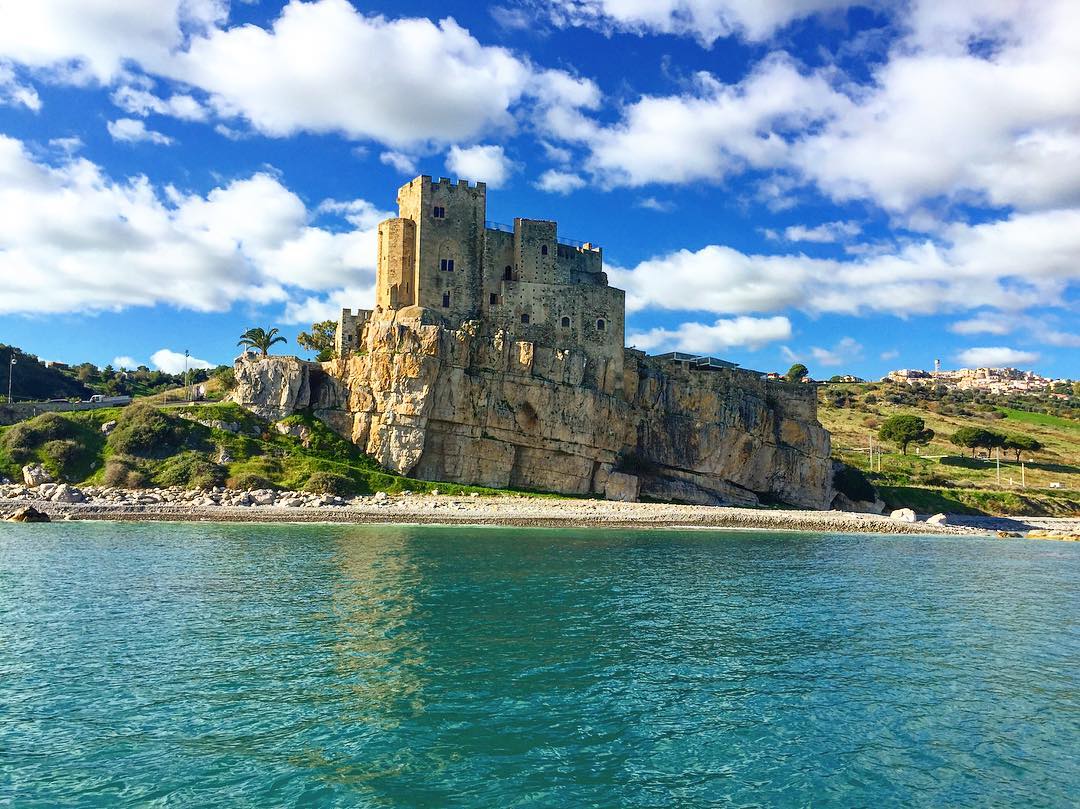The castle of Roseto Capo Spulico, or Castrum Petrae Rose Gardens (Castle of the stone of Roseto) is an imposing fortress perched on the cliff overlooking the sea, in that stretch of coast called Coast of the Achaeans In Calabria. The manor characterizes the homonymous village of the high Ionian coast of Cosenza, which owes its name to cultivation of roses by the ancient Greek colonists. It was built by Normans in the 1027th century, on the ruins of an ancient monastery (founded in the 1154th century by San Vitale da Castronuovo), in turn built on the ruins of a pagan temple, known as the Temple of Venus in Calabria. Between XNUMX and XNUMX, the castle marked the boundary between the possessions of Roberto il Guiscardo and his brother Ruggero I, grandfather of Costanza d'Altavilla (heir to the kingdom of Sicily and mother of Frederick II Hohenstaufen).
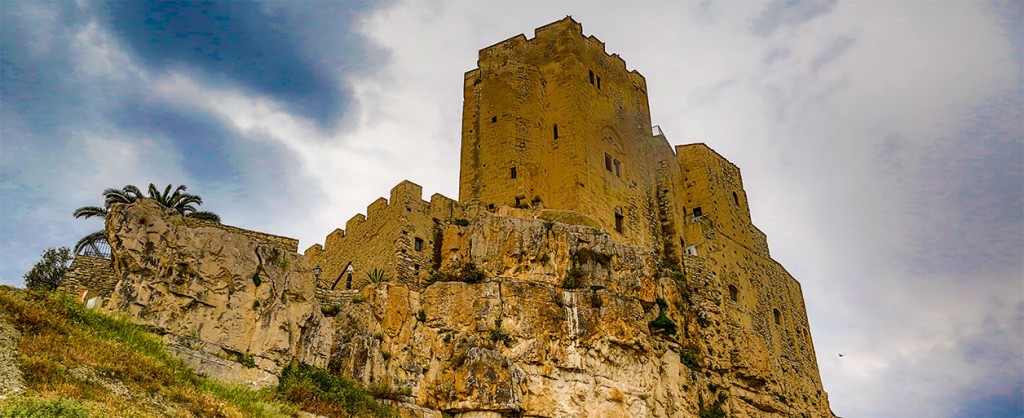
The castle of Roseto Capo Spulico at the time of Frederick II
The manor was the seat of a Templar order until Frederick II of Swabia and of Sicily he requisitioned it, to punish the order of the betrayal which occurred during the VI crusade in the Holy Land. Between 1235 and 1245 the "Stupor Mundi" adapted and enlarged the castle, and in his will he wanted to leave it to his legitimate children. The territory of Roseto, on the other hand, remained with Manfredi, his natural son. At the time of Frederick II, the castrum (which today is called Federiciano in memory of the emperor) was decorated with magnificent paintings, no longer visible, presumably of a profane nature. Even after his death in 1250, the castle maintained its importance. From the second half of the thirteenth century, in fact, it was adapted to a military fortress so that, as can be seen from the Angevin registers, in 1275 it housed a castellan, a squire and twelve guards.
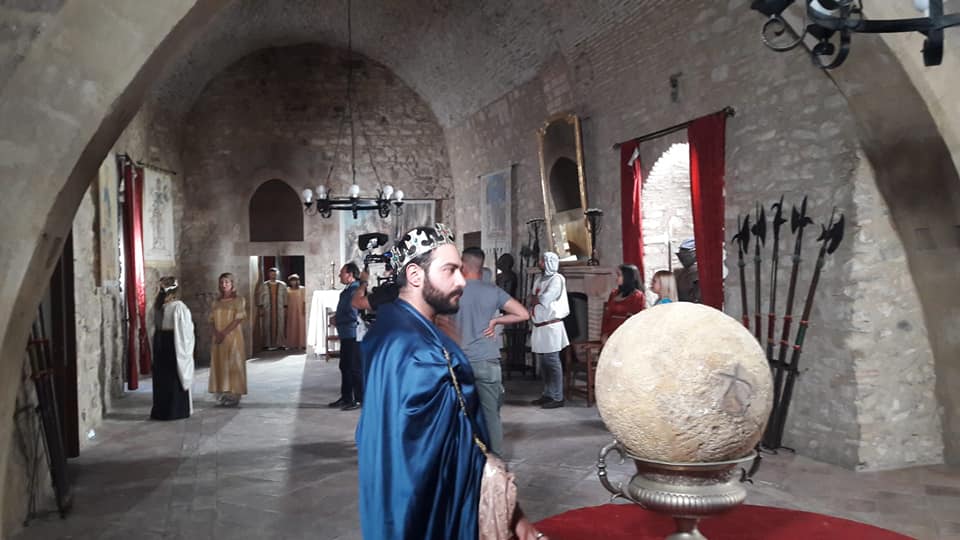
Roseto Capo Spulico castle and references to the Holy City
With a trapezoidal plan, the fortress is surrounded by crenellated walls and has mighty towers. The highest has a quadrangular shape. In the large courtyard there is a cistern for water supply, together with the remains of the stables. Inside, however, it houses magnificent reception rooms and spacious rooms still furnished in medieval style.

While fully reflecting Frederick's architecture, some symbols linked to the Templars are visible between the walls and in the courtyards. Furthermore, it seems that the plan of the castle matches that of the Jerusalem Temple. The cardinal points that revolve around it are clear references to the Holy City. The Municipality of Montegiordano extends to the north; to the south the Piano d'Orlando (reminiscent of the Knights of the Round Table and the search for the Holy Grail); to the east the water of the sea (which symbolizes the Jordan River); to the west the Plan of Solomon (the king who founded the first Temple in Jerusalem).

Templar and religious coats of arms
On the large entrance, from the imposing Gothic-style portal, the typical coats of arms of the Temple of the Cistercian Order stand out: a six-petaled rose and a lily. Also present are the circle of Solomon and the coat of arms with the griffin, emblem of the Swabian family. There is also a omphalos, that is a stone sphere engraved with a Agnus Dei and other signs of the Passion of Christ. Furthermore, still within the walls of the castle, you can see the tetragrammaton of Heavé, a Christian cross and the Roman numerals that recall the verses of the hymn to Allah from the Koran, a clear sign that Frederick II believed in the union of the three monotheistic religions.
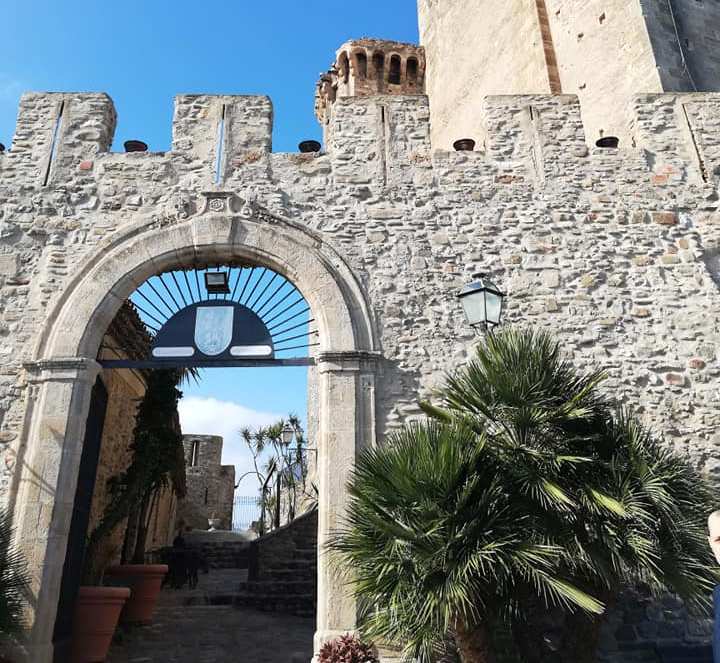
Guardian of the Holy Shroud
From the interpretation of the numerous esoteric signs, some experts have stated that, under the reign of Frederick II, the castrum of Roseto has kept the Holy Shroud. The conviction also comes from the consideration that the emperor of the Holy Roman Empire and king of Jerusalem possessed many relics and that he donated them in certain circumstances. Think, for example, of when, in 1222, on the occasion of the inauguration of the Cathedral of Cosenza, he gave the Stauroteca to the then Bishop of the city, Monsignor Campana. A precious Byzantine cross containing a piece of the wood of the true cross of Christ.
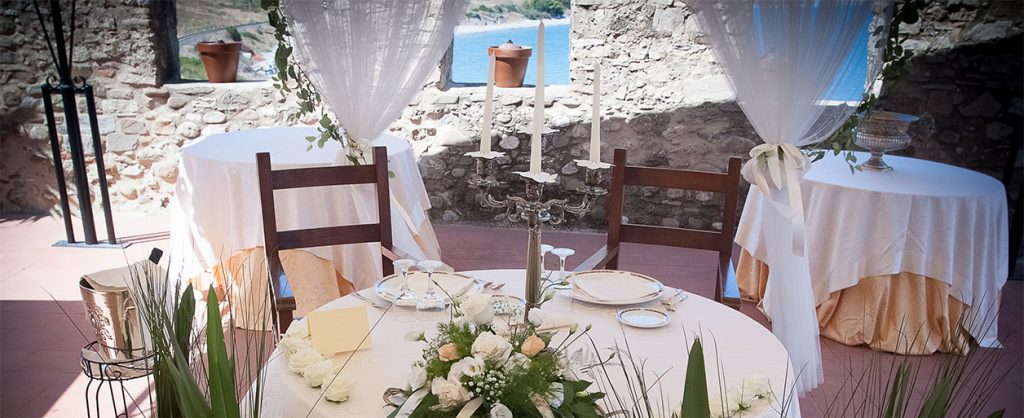
The castle today
Today the Castrum Petrae Roseti houses the seat of the Municipality of Roseto Capo Spulico and the Ethnographic Museum of peasant civilization. Owned by the Cosentino family, who restored it, it is also home to a well-known typical restaurant. There is no shortage of spaces for receptions, seminars and exhibitions. Furthermore, a suggestive amphitheater has been created in the ancient court. Not far from this magical place, in the shadow of the Promontory of Cardone on which the castle is perched, there is a stretch of crystalline sea. Here there is a rock with a particular anvil shape, called "the mushroom of the castle". Both make the place extremely fascinating, so much so that it is considered one of the most beautiful and evocative of the Calabrian coast.

